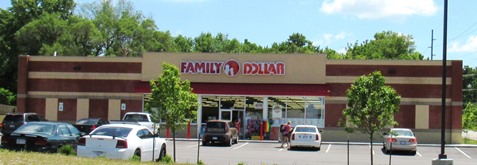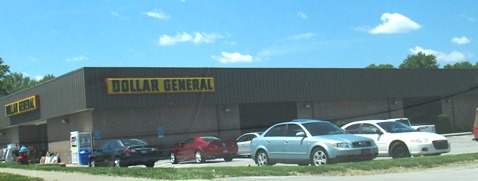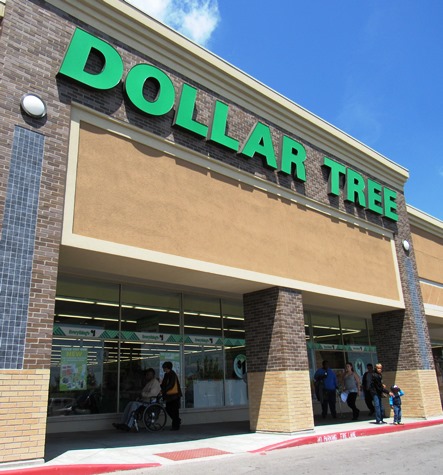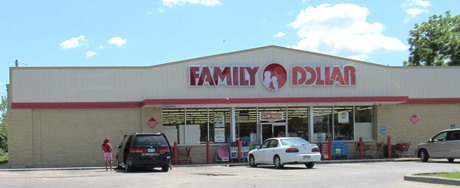
Category: Business
Wyandotte County, KCK see slight decline in unemployment rate
The unemployment rate for April in Wyandotte County was 6 percent, compared to 6.3 percent in March and 6.3 percent one year ago, according to figures released recently by the Kansas Department of Labor.
The Kansas City, Kan., unemployment rate was 6.1 percent, lower than 6.3 percent in March and 6.5 percent one year ago, according to statistics.
Kansas City, Kan., was tied for the highest unemployment rate of the largest cities in Kansas, according to Kansas Department of Labor statistics. Junction City also had a 6.1 percent unemployment rate. Leavenworth and Wichita both had 5.1 percent unemployment, while Topeka had 4.7 percent unemployment.
Labor reports showed that several counties had higher unemployment than Wyandotte County in April, including Neosho County, 7.3 percent; Montgomery County, 6.8 percent; Chautauqua County, 6.5 percent; Wilson County, 6.3 percent; Geary County, 6.2 percent; Linn County, 6.1 percent; and Labette County, 6.1 percent.
The seasonally adjusted statewide unemployment figure for April was 4.3 percent, compared to 4.2 percent in March and 4.5 percent one year ago.
“The number of jobs in manufacturing has fallen by 3,100 from the same month last year. This decline is partly due to temporary layoffs that took place during the survey reference week,” said Tyler Tenbrink, senior labor economist, in a news release. “Also, lower gas prices have led to weakness in the oil and gas drilling industry. These factors combined have resulted in slower overall job growth in Kansas over the year.”
The Kansas Department of Labor stated that seasonally adjusted figures show Kansas gained 11,300 private sector jobs since last year, or 1 percent. Kansas nonfarm jobs increased by 11,700 jobs, a 0.8 percent increase since April 2014. Since last month, Kansas declined by 2,900 seasonally adjusted private sector jobs, or 0.3 percent, according to state figures. The state lost 2,300 seasonally adjusted total nonfarm jobs, a 0.2 percent decrease since March.
UG to look at limiting number of dollar stores in community

Will it be the beginning of the end for the ubiquitous dollar stores in Wyandotte County?
The stores have popped up all over the county in the past decade or two. In some cases, they were almost the only new buildings built in some areas during the recent recession.
Some dollar stores are replacing other stores that have exited neighborhoods. A recent quick informal count turned up at least 20 of the dollar stores in Wyandotte County.
In a Unified Government Administration and Human Services Standing Committee discussion Monday night, UG Planning Director Rob Richardson noted the significant increase in dollar stores in the community. In some respects it is nice, while some people think the stores present other issues to the community, he said.
The planning department wants to study the issue and potentially limit the number of new dollar stores in the community, he said. According to UG documents, the issue was brought forward by Mayor Mark Holland. The issue also had been raised at an earlier meeting by commissioners.
“They need to clean their act up, from one end of town to another,” said Commissioner Mike Kane, referring to dollar stores. He cited one store on the east side of the community that could be cleaner. Another commissioner had mentioned a dollar store in the Argentine area as needing a cleaner parking lot area during another UG public meeting.
Commissioner Jane Philbrook said some of the dollar stores have a tendency to be in areas where people don’t have a chance to get healthy foods, and can only get prepackaged food at the dollar stores. “That’s not really doing our community justice,” she said.
Sometimes the dollar stores are popping up in areas where grocery stores are moving out. Richardson noted that there is one dollar store going in at a former grocery store near 46th and Parallel Parkway.
He cited a recent national news article that discussed a merger between two of the dollar store chains. Commissioners previously had wondered what might happen if there was a merger of the two chains, and two of the former competitors’ stores were close to each other. Would there be closings of many dollar stores around town if there is a merger?
A merger between Family Dollar and Dollar Tree was discussed last January, and according to news articles this week, Dollar Tree is proposing to buy Family Dollar for $8.5 billion. However, news reports also stated Dollar Tree is expected to sell 330 Family Dollar stores it owns in preparation for the merger to comply with a directive. Dollar General earlier tried to buy Family Dollar, but that transaction did not go through, according to news reports. If the Dollar Tree-Family Dollar merger is approved, the new company would have the largest dollar store operation in the nation, according to news reports.
In Wyandotte County, the informal count found more Dollar General stores, about 11, compared with around nine Family Dollar and two Dollar Tree stores.
Commissioners Harold Johnson and Melissa Bynum agreed that although there might be a need for some limitations on the dollar stores, the stores also might be serving a need that is not served by anyone else in some neighborhoods. Commissioner Bynum said she had not been in favor of losing a hamburger restaurant that was torn down to make way for a dollar store at 81st and Leavenworth Road, but since it has been built, she has been one of its customers.
Richardson said a new policy would not be an outright ban on the stores. However, it might mean certain portions of the community might not get any more dollar stores, he added.
The planning department will be studying how to regulate the stores, perhaps using special use permits, and possibly limiting the total number of dollar stores within the community or separation by distance.
Dollar stores, however, are nothing new to Wyandotte County and the nation. Sixty or so years ago, they used to be called five-and-dime or five-and-10-cent stores. Woolworth’s and TG&Y were long-time former retail presences in the community as the forerunners of today’s dollar stores, and were often found in strip malls or with other retail stores in business districts.
As they do today, the stores offered a variety of items, some at a discount, and are sometimes called variety stores. Many items are offered at a discount, while other items might be at the same price or slightly above other retail prices.
The UG committee on Monday authorized the planning staff to go ahead with its study of amending the zoning code for dollar stores. This would not affect existing dollar stores, according to the UG agenda information, but might affect future dollar stores and thrift stores in the community.






